Carolside, a beautiful and mysterious house tucked away in The Borders, inspired by a Georgian masterpiece
Carolside, the home of Mr and Mrs Anthony Foyle, is an enigmatic house in the Scottish Borders that yields up unexpected connections with America and shines a light on 18th-century architectural practice. Roger White explains more; photographs by Paul Highnam for the Country Life Picture Library.
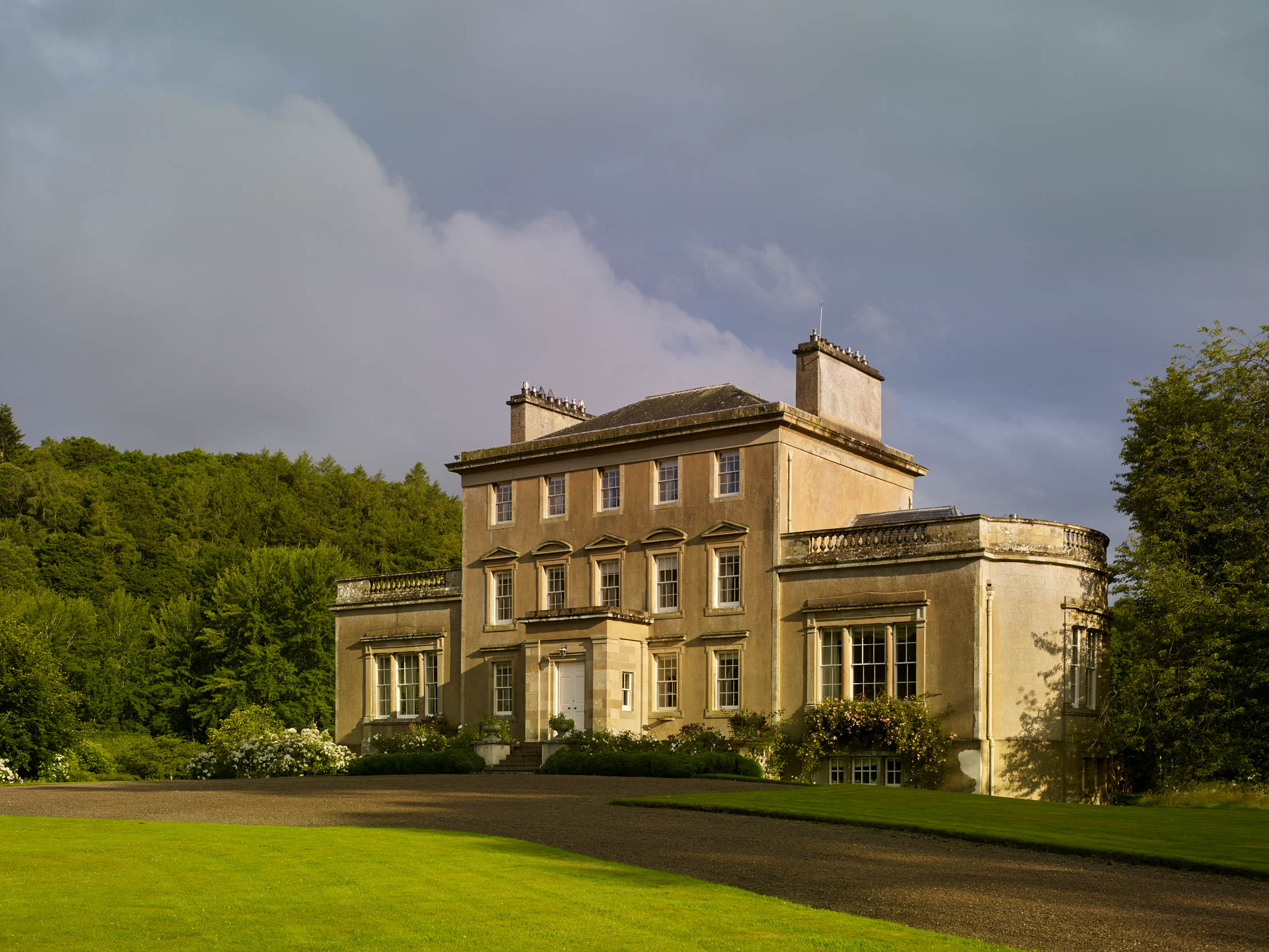
Carolside is tucked away in the sheltered valley of the Leader Water as it flows south into the Tweed near Melrose. Descending the present drive from the east, the first glimpse of the house is of a dignified Palladian frontage, five bays wide and three storeys high, with tiers of sash windows and a porch — a later addition — in the centre. Framing this frontage are symmetrical lower wings and behind a lower extension, still Georgian in appearance, but not at all symmetrical.
The history of Carolside and its estate is cloaked in uncertainty, which makes it difficult to be definite about very much of its history at all. That makes one particular architectural insight about the house all the more important: that five-bay centrepiece is clearly derived from Isaac Ware’s design for Chesterfield House, Mayfair, built in 1748–49 and demolished in 1937.

Although now little remembered, this townhouse of the Earls of Chesterfield was greatly admired in its day and its façade also informed the design of Gunsgreen House on the Berwickshire coast at Eyemouth, datable to the early 1750s (Country Life, January 27, 2010).
The anonymous architect of the façade at Carolside need not have visited London to see it, as it was extensively illustrated in Ware’s massive tome A Complete Body of Architecture, published in 1756–57, which exercised notable influence north of the Border.

No less significant is the fact that the flanking wings seem definitely of a different phase to the centre block, neo-Classical, rather than Palladian. The tripartite windows in the wings are very similar to those on Leadervale, a delightful small house on the other bank of the Leader that at one point formed part of the Carolside estate.
There is neither firm date nor architect for Leadervale, but there is a further comparison to be made with Gledswood House a few miles away, a villa of about 1805. In all three cases, shallow segmental bays on the side elevations give added interest to the rooms within.
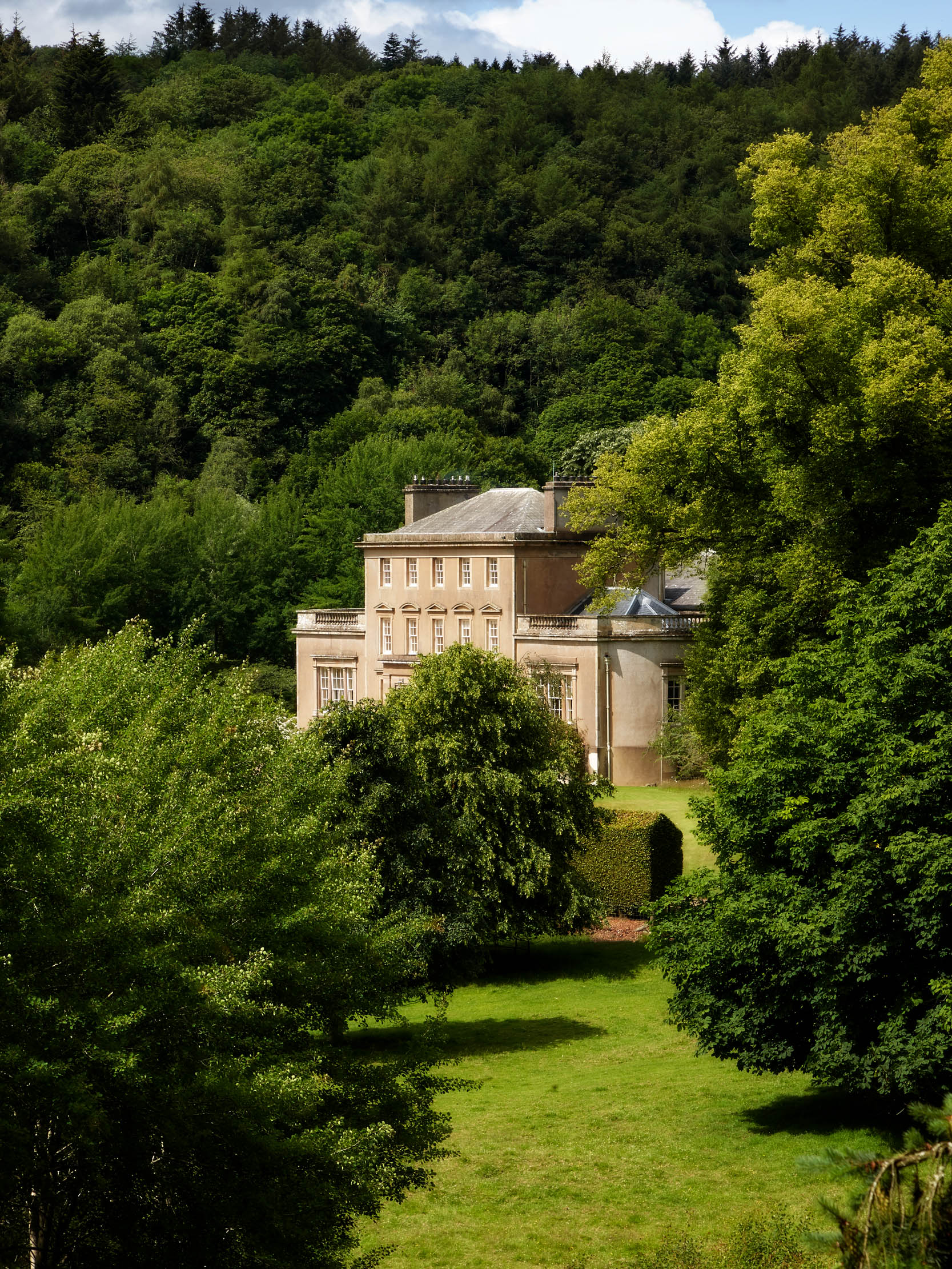
It is with these connections and dates in mind that we must consider what is known of the history of Carolside, which is first recorded as a tower house in the Blaeu Atlas of Scotland in 1654. The tower may appear in the background of a watercolour signed by W. Wilson and dated 1799. This shows the Georgian front without wings, but, confusingly, the five-bay front does not resemble that which presently exists. It may merely be that the artist has drastically simplified what he saw for artistic reasons, yet the bridge close to the house is accurately represented.
Exquisite houses, the beauty of Nature, and how to get the most from your life, straight to your inbox.

The 1799 watercolour gives the owner of Carolside as James Hume and it has often been assumed that he was responsible for making it the house it still largely is. Hume may have had Scottish ancestors, but he was born in 1747 in Charleston, South Carolina, and, having probably been schooled in London and trained at the Inner Temple, returned to make his career as a lawyer on the far side of the Atlantic.
There, he rose to be acting attorney-general and a member of the royal council in Georgia (of which his uncle Sir James Wright was the last royal governor). At the Revolution in 1776, he moved to the British colony of East Florida, where he bought extensive estates; he was chief justice there from 1779 until loyalist administrators were finally evacuated in 1785/86.

At this point, he returned to London and spent some time negotiating with the new US authorities for compensation for the properties in Florida and the Carolinas of which events had deprived him; in 1785, he claimed £13,843 and was awarded £5,610, together with an annuity of £200. This money, albeit much less than he hoped for, perhaps helped enable him to contemplate buying a country estate. Having first moved to Edinburgh, where he is recorded in 1788, he embarked on the purchase of Carolside.
Frustratingly, it is not known exactly when Hume acquired the estate from its previous owner, James Lauder, who was known as ‘Beau’ for his fancy dress sense. The sale is said to have been completed in 1795, which seems extraordinarily late to be building a copy of Chesterfield House. Perhaps, therefore, Beau Lauder is the man more likely to have built the Palladian centrepiece. He had inherited Carolside from his immensely rich father, John Lauder, a major shareholder in the Bank of Scotland, in 1768, which seems more plausible both in terms of date and as an occasion to upgrade the existing house.
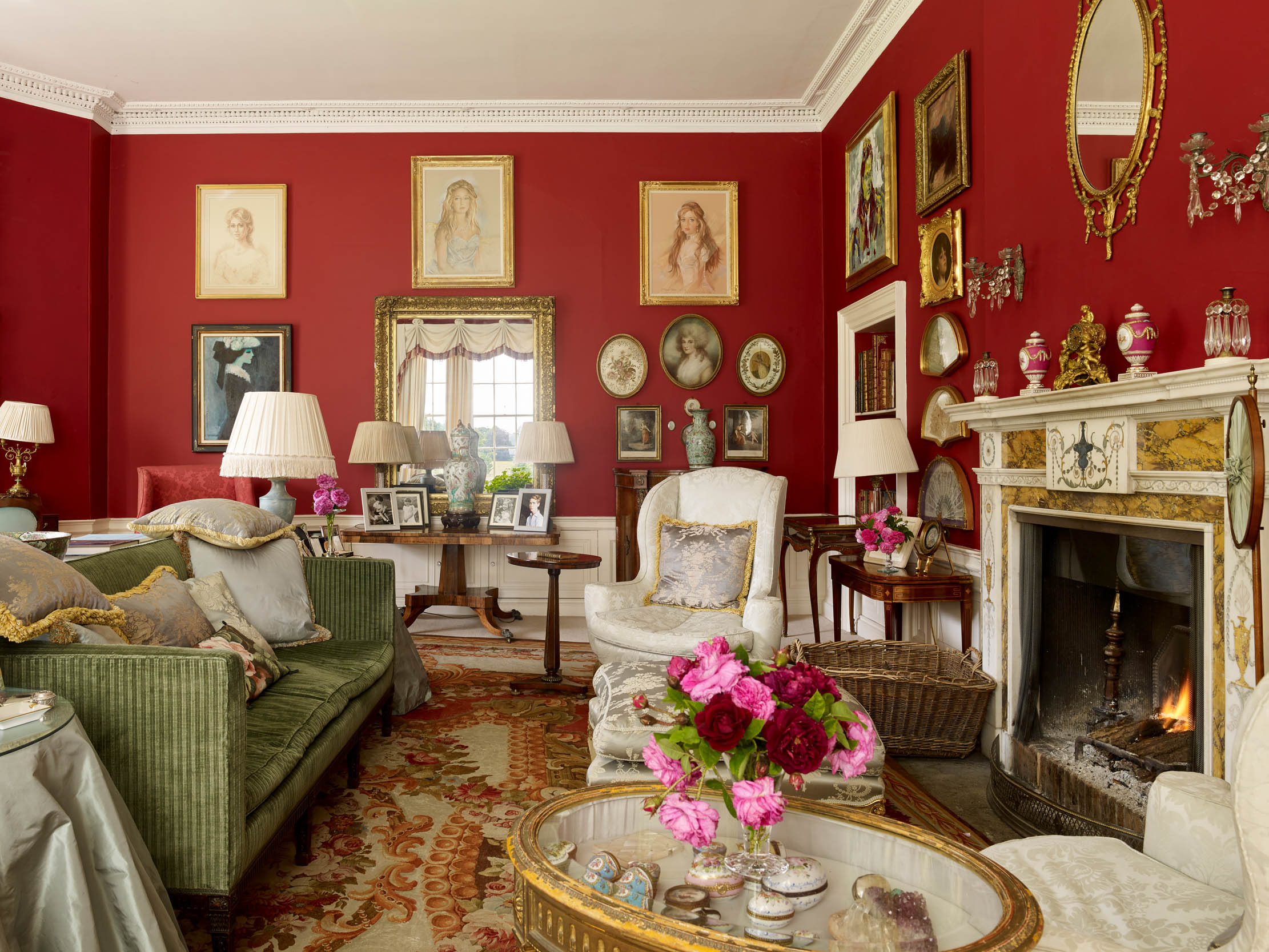
As to who might have adapted Ware’s design for Lauder, one possibility might be John or James Adam, to whom the adaptation at Gunsgreen House, carried out in the early 1750s, has been attributed. Another possibility, closer to hand, might have been James Nisbet of Kelso, whose 1761 design for Ednam House in the town also draws on Ware’s work (as it happens, his unexecuted design for another Scottish client, James Murray of Broughton House, at Cally House in Dumfries and Galloway).
If the new house was only five bays wide, it might, like a townhouse, have had a fairly narrow entrance hall flanked by two reception rooms. Alternatively, as suggested by the grand treatment of the first-floor windows, Carolside may have possessed a raised piano nobile. In the later 18th century, however, the latter option would have been considered an almost impossibly old-fashioned design for a country house (although it was how houses in the Edinburgh New Town and, indeed, in London and Bath, functioned).

In any event, the addition of wings, ostensibly to contain two proper reception rooms, was, no doubt, a later-Georgian response to the situation. The entire central five bays were probably knocked together on the ground floor to make a spacious hall (Fig 3), with the drawing room to the left and the dining room to the right (the thickness of the walls between the entrance hall and the reception rooms suggests they were originally exterior walls).
Both reception rooms exhibit the restrained simplicity of the Regency in their refined mouldings and plain ceilings. In the drawing room, the main accent is the chimneypiece inlaid with delicate scagliola patterns in the so-called ‘Bossi’ manner popular in late-Georgian Ireland. This reflects the fact that it originated at Barons Court, the seat of the Dukes of Abercorn in Northern Ireland, where Lady Mary Gilmour, who lived at Carolside with her husband Sir John Gilmour in the mid 20th century, grew up.

The dining room has its original decorative features, most notably a chimneypiece and flanking doorcases. These are embellished with motifs probably executed in ‘composition’ (a thermoplastic mix of chalk, glue size and other additives) on a pine ground, then painted over in thin layers.
Chimneypieces of this particular kind were a speciality of Richard Foster of Edinburgh and his son and, although poorly documented, examples survive not only in Scotland (there is one almost certainly by Foster at Leadervale, for instance) but on the other side of the Atlantic — for example in Province House, Nova Scotia, and in various houses in Charleston, South Carolina.
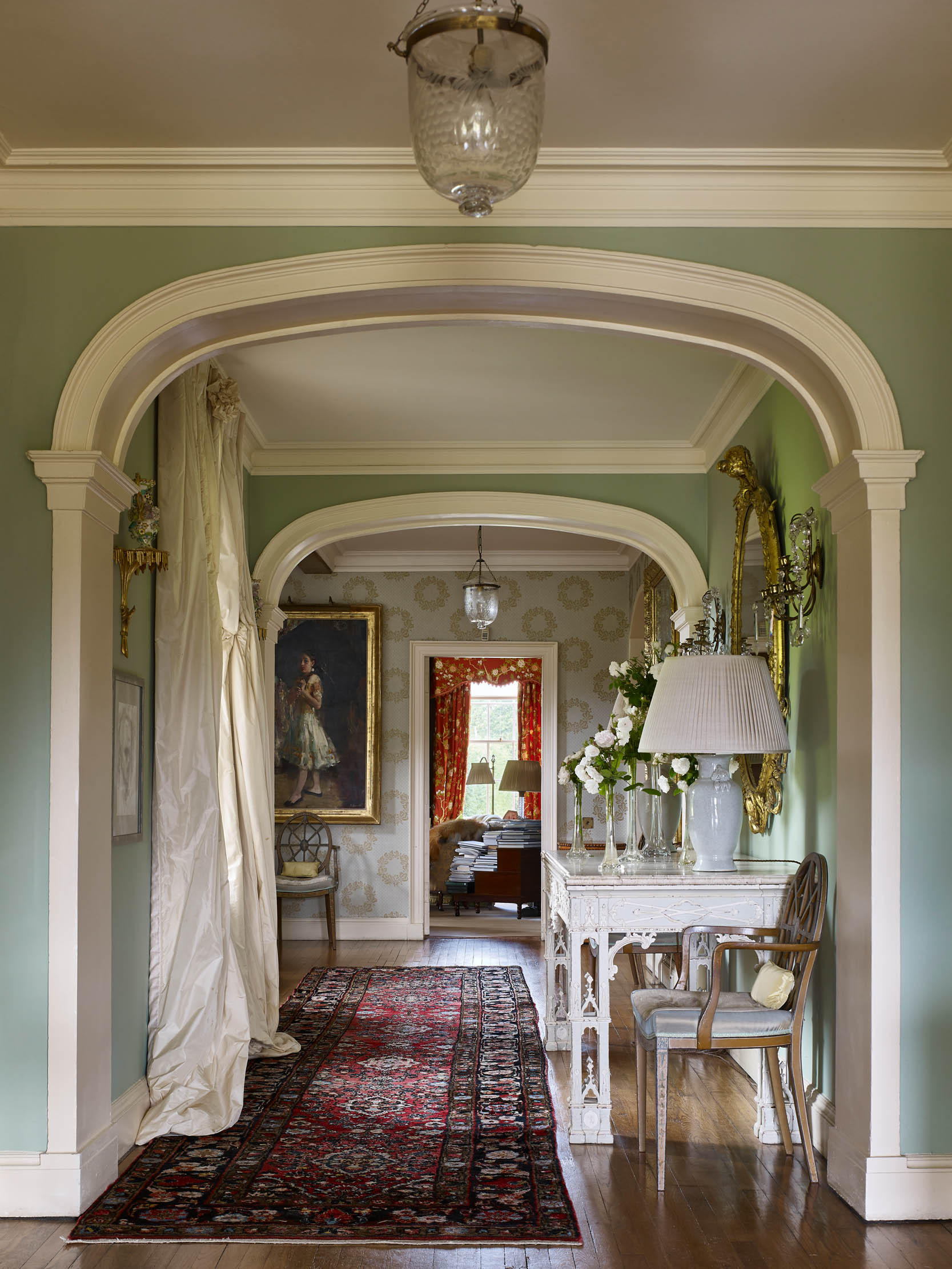
The motifs at Carolside seem to have been personalised to combine motifs reflecting Hume’s life: sprays of thistles for his Scottish roots and, more interesting, alligators, dolphins and eagles for his American career. The alligators are not entirely convincing, but the Fosters had, presumably, never clapped eyes on such a creature.
The bridge behind the house can certainly be dated to the mid 1790s, when Hume bought land to the west of the river for a new drive that would have necessitated its construction. The detail can be compared to that on the much bigger Teviot Bridge at Kelso, built in 1794–95 to designs by the bridge specialist Alexander Stevens Snr. Stevens died in 1796 down in Lancaster (where he was supervising construction of the Lune aqueduct), but it is conceivable that his son Alexander, who was based in Edinburgh, may subsequently have been employed to design the wings for Carolside. They have been compared to Monreith House in Dumfries and Galloway (1791–94), for which the younger Alexander was certainly responsible.

One assumption, encouraged perhaps by the 1799 watercolour, is that the Palladian block was added in front of an earlier building, which thereby became subsidiary to it. However, an estate map of 1826 represents the house as a simple rectangle with nothing behind it, so the likelihood is that Hume demolished any structures at the rear when he added the wings. This idea seems to be endorsed by a photograph taken immediately after a serious fire in 1935, which shows a view straight through the centre block with nothing at the back, and also by a 1928 snapshot of the Carolside Cricket Club with the house in the background.
It would seem, therefore, that the Georgian house had a clear-cut footprint, with the service rooms (kitchen and so on) in the semi-subterranean basement where they are now. The main staircase must have been quite cramped and it is now impossible to say where and how it was fitted in; perhaps it rose out of the central hall. The post-fire rebuild, carried out for the then owners Col and Mrs Ferguson, gave the opportunity to add a slightly more spacious one in the tactful rear extension, which also provided a central hallway leading to the new library and bow-fronted sitting room at the rear.
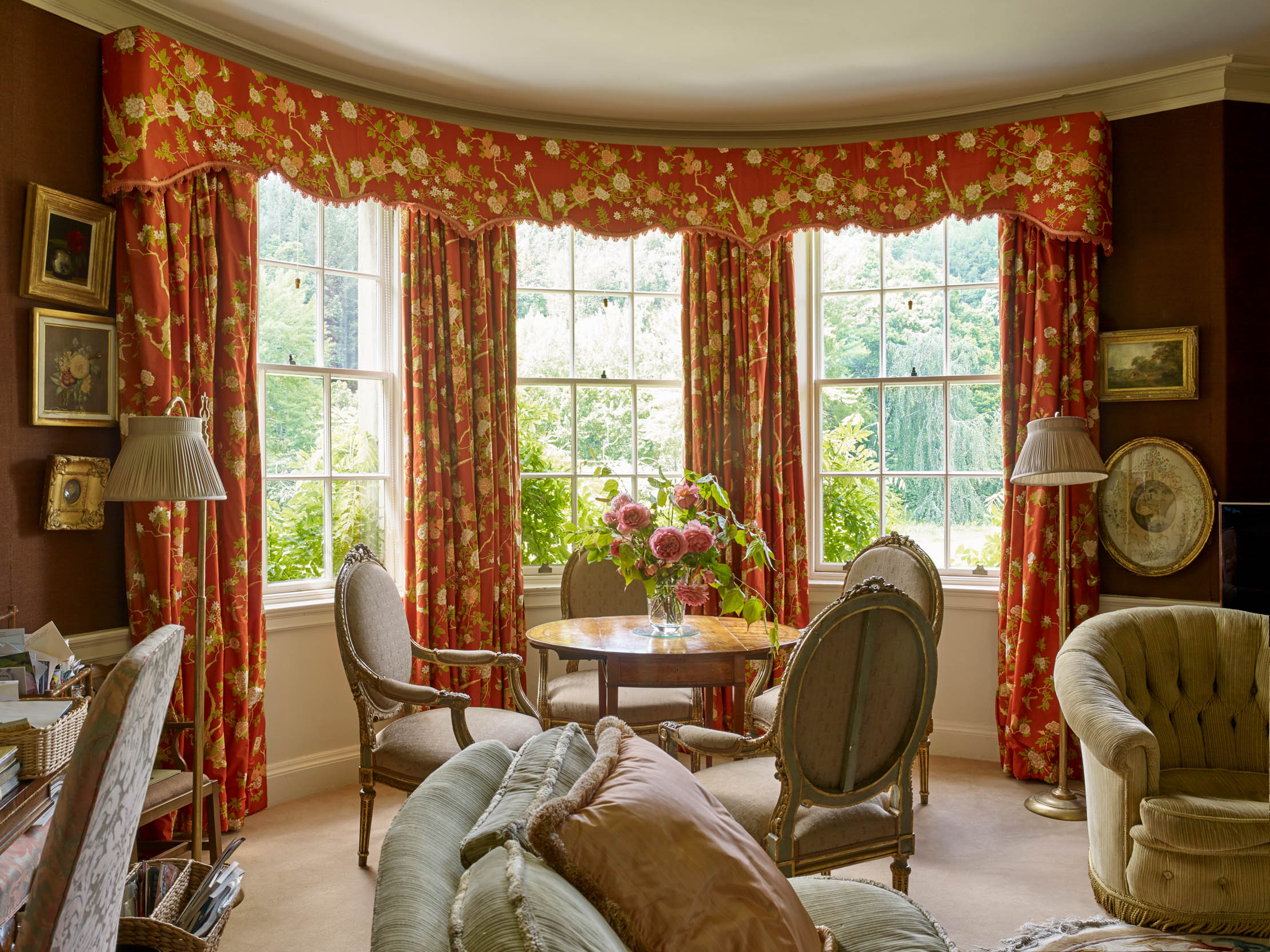
Hume and his wife are known to have revisited America in 1803 shortly after Congress voted to pay further compensation to unspecified British Loyalist creditors and it may be that some of this paid for the addition of the wings to Carolside. However, financial difficulties seem to have arisen in the 1820s; indeed Hume was declared bankrupt in 1832/33, and was living across the Leader Water at Leadervale when he died in 1839 at the great age of 92. In 1825, he seems to have been sharing Carolside with Sir James Alexander Wright Bt, the unmarried great grandson of his uncle from Georgia days.
Post-Hume, Carolside was sold to the Innes family, from whom it descended by inheritance until 1947, when it was purchased by the Gilmours. Since 1990, it has been the home of Anthony and Rose Foyle, who have restored, decorated and furnished the house with love and taste.

Appropriately, given her Christian name, Mrs Foyle has gradually developed the oval walled garden (shown, together with the bridge, on the 1826 estate map) as a home for the national collection of Gallica roses she has built up, as well as enhancing the wider garden (Country Life, August 7, 2013). The Foyles’ talented artist son William, although mainly based in London, spends a good deal of time at Carolside, where he has a studio and loves the light, and his striking canvases enliven the walls.
Acknowledgements: Anthony Foyle, Ian Gow, David Black
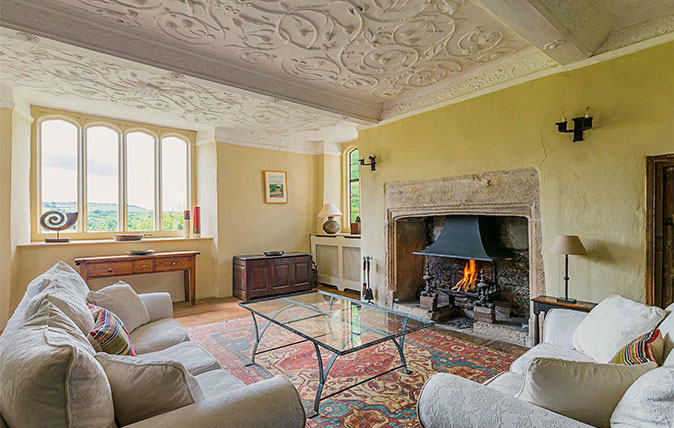
Plasterwork perfection contained within an unassuming Devon farmhouse
The ornate plasterwork of the 17th century reached a high-point in the West Country, as Roger White discovers at the
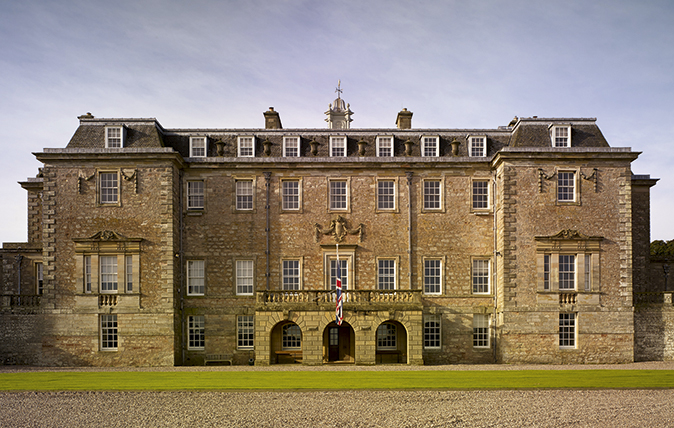
Marchmont: The Scottish expertise and craftsmanship behind the revival
In the second of two articles, Roger White explains how Scottish expertise and craftsmanship lie behind the remarkable and stylish
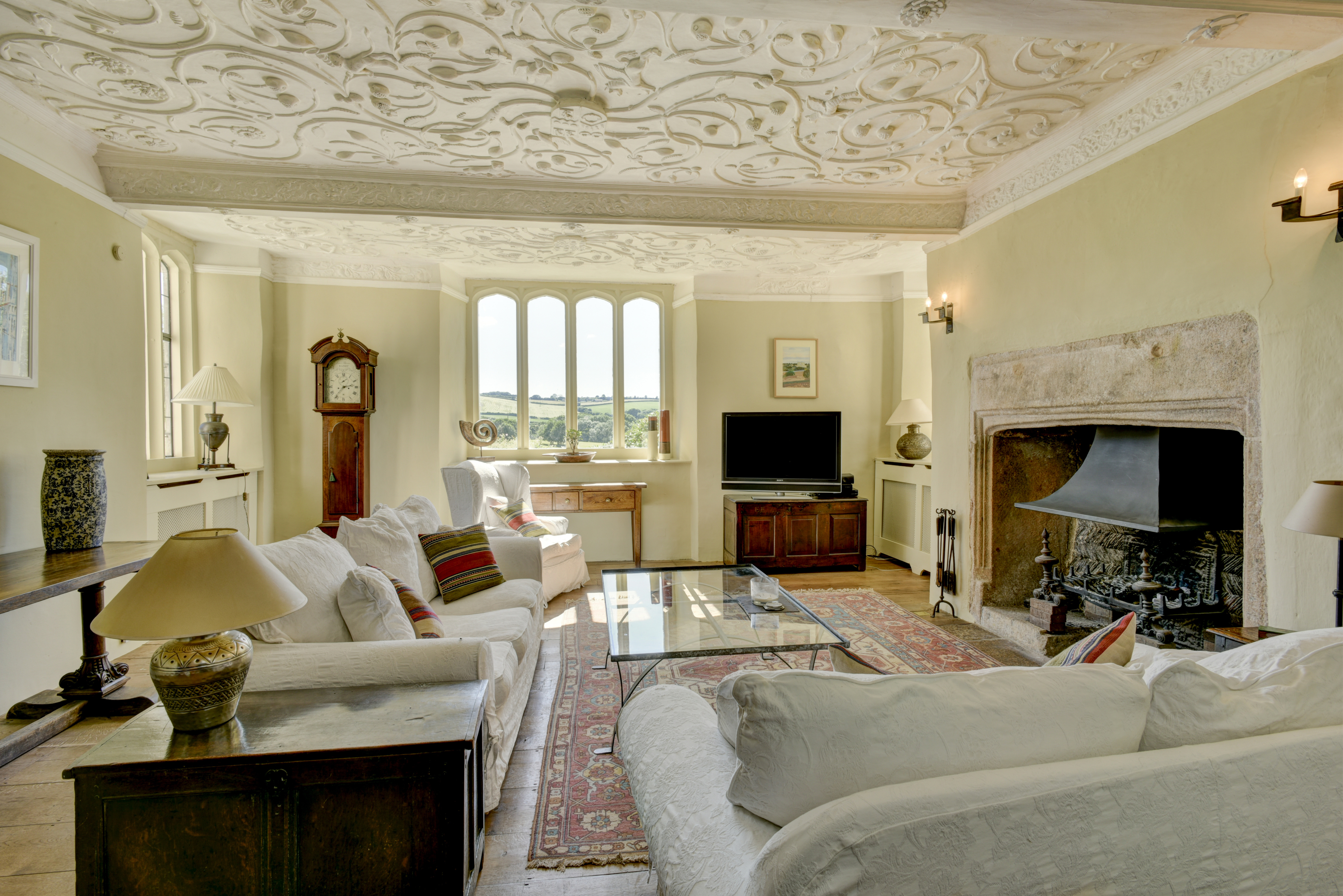
Credit: Knight Frank
An unadorned farmhouse in rural Devon whose simplistic exterior conceals the rare splendour within
Rashleigh Barton's unique plasterwork, called the 'modern glory' of the property, has delighted everyone from Roger White to Oliver Cromwell.
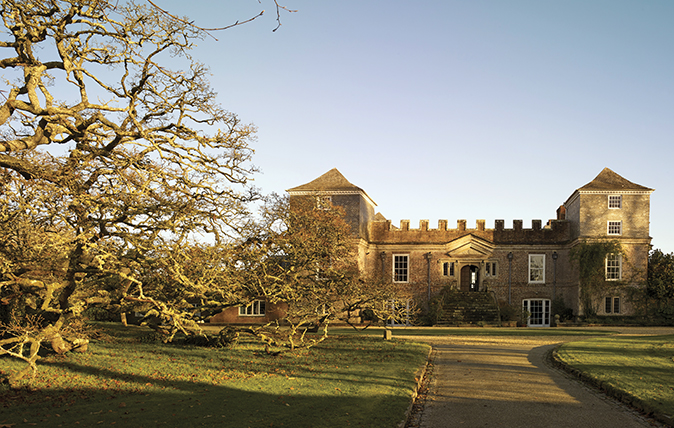
Ince Castle, Cornwall: A country house risen from the flames
A serious fire can be the end of a country house, but, on occasion, it can also offer the opportunity

Leweston Manor: The uniquely charming house where Georgian architecture meets Art Deco interiors
Leweston Manor is a rare example of an Art Deco interior surviving within a Georgian building — and it's in daily

The Summerhouse at Grimsthorpe Castle, built by Sir John Vanbrugh, restored as a true labour of love
The restoration of a Lincolnshire estate building by Vanbrugh has created a delightful cottage, where ingeniously conceived modern decoration records